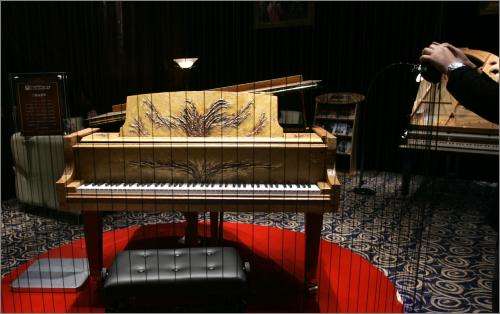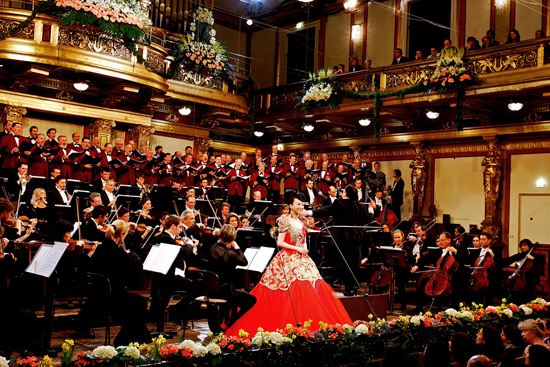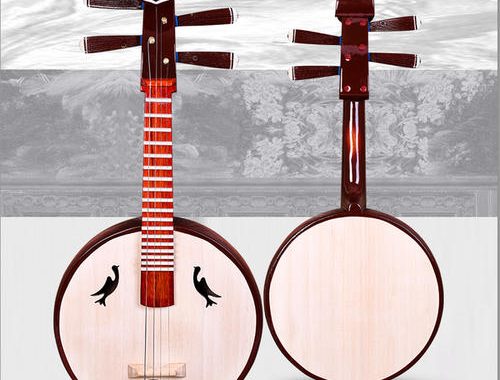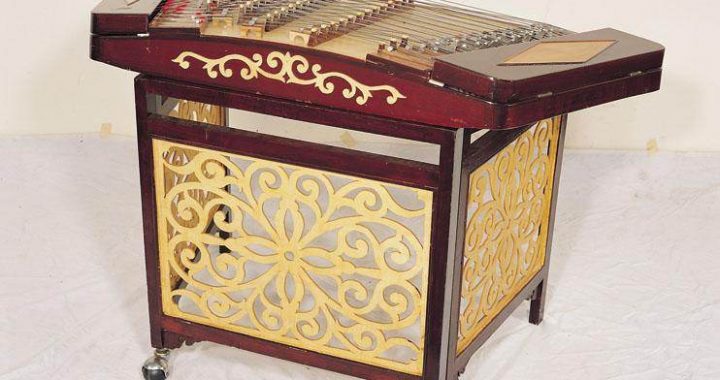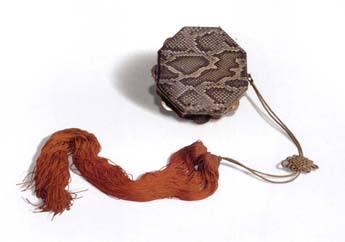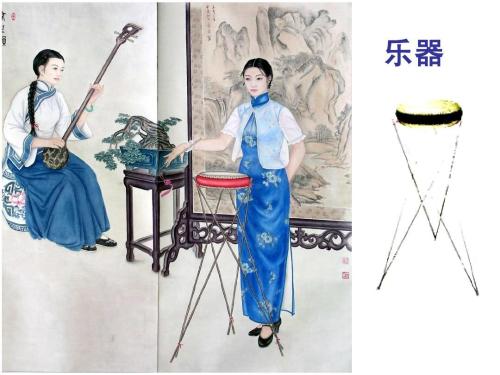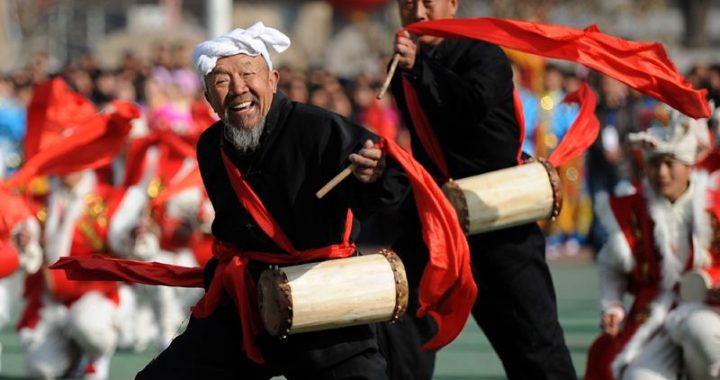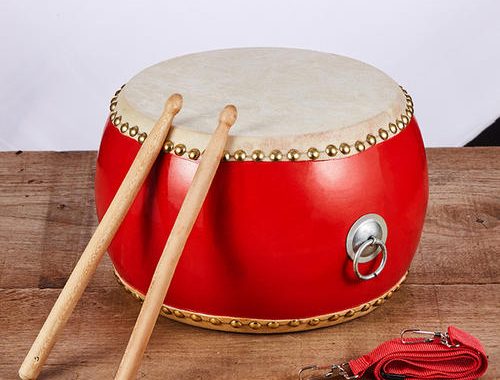entertainments and regional opera
2 min readLihuapian (pear-flower finger cymbals)
Shandong Dagu is a type of Quyi (vocal arts) popular in Shandong and southern Hebei Province. It is quite unlike Jingyun Dagu, Danxian, and Tianjin Shidiao. Rather, it is deeply imbued with the characteristic fla-vor of Shandong dialect. Shandong Dagu is performed by one person who sings and plays the aijiao drum and lihuapian (pear-flower finger cymbals), while additional performers provide musical accompaniment on the sanxian (three-string lute) and sihu (four-string fiddle). Lihuapian (pear-flower finger cymbals), a brass percussion instrument that originated in Shandong Province, are the representative instrument of this vocal art form, so it is also called Pear-Flower Dagu. Pear-flower finger cymbals are also called half-moon finger cymbals after their half-round shape. They serve as the primary instrument of Shandong Kuaishu and Beijing Qinshu, as well as Shandong Dagu.
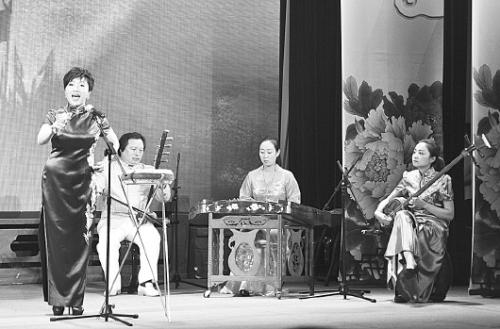
Pipa (lute)
Shandong Dagu has its origins in rural folk songs, sung by farrners who marked the beat by striking together pieces of old plowshares. As a result, Shandong Dagu is sometimes called Plowshare Dagu. As rural folk songs evolved into Dagu performances, these iron fragments were replaced by the thin brass half-rounds known as lihuapian (pear-flower finger cymbals). Pear-flower finger cymbals are usually 16 centimeters long, and come in pairs. The performer holds them between the fingers of one hand, striking them together to produce a clear and mellifluous tone while singing.
Suzhou Tanci is a form of Quyi (vocal arts) popular in southern China’s Jiangsu and Zhejiang provinces.
Unlike the bold and unconstrained vocal art forms of the north, Suzhou Tanci utilizes elegant and subtle forms of expression and highly literary lyrics. The performer maintains a seated position while singing and playing. The lyrics follow a pattern of seven syllables per line, with a basic musical structure of re-curring pairs of alternating lines. The delivery is clever and concise, utilizing a wide range of techniques.
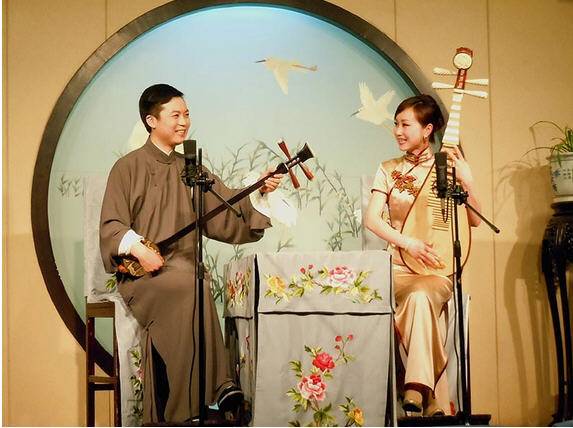
The small sanxian (three-string lute) and pipa (lute) are the primary instruments of Suzhou Tanci. The traditional sanxian comes in large and small versions that are basically the same shape. The small sanxian used in Suzhou Tanci is made out of high-grade materials such as mahogany, with a spade-shaped head decorated with ivory inlay or carvings. The soundbox is covered on both sides with snakeskin.
